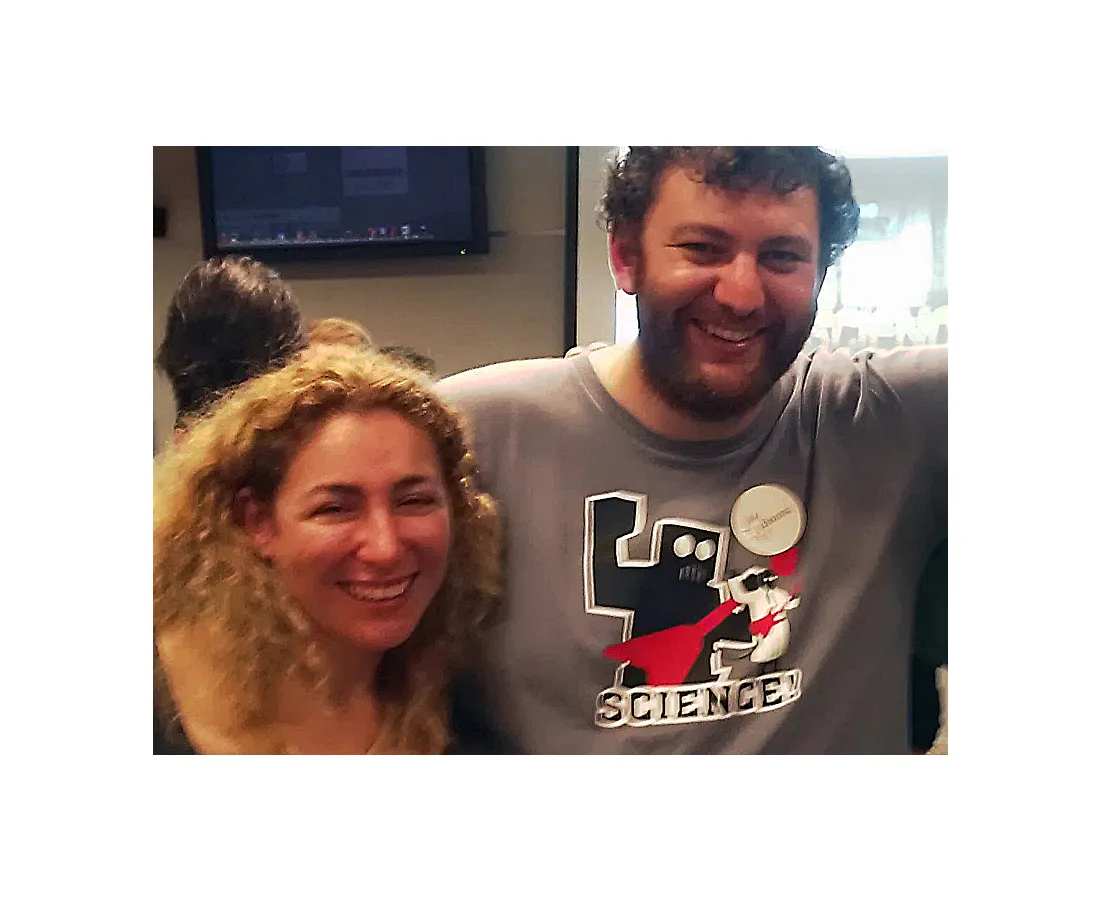Maria Sibylla Merian

Maria Sibylla Merian (2 April 1647 – 13 January 1717 ) was a German entomologist , naturalist and scientific illustrator . She was one of the earliest European naturalists to observe insects directly. Merian was a descendant of the Frankfurt branch of the Swiss Merian family .





